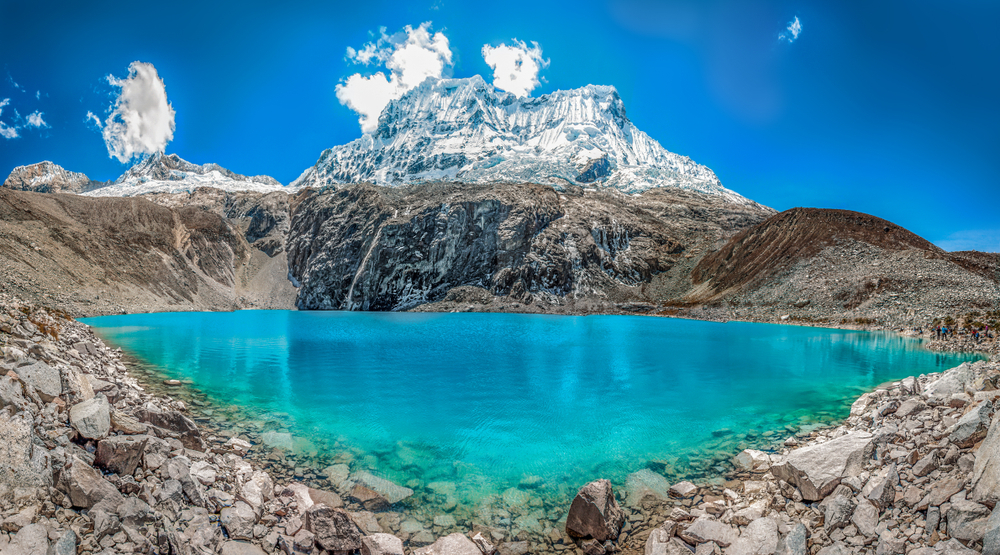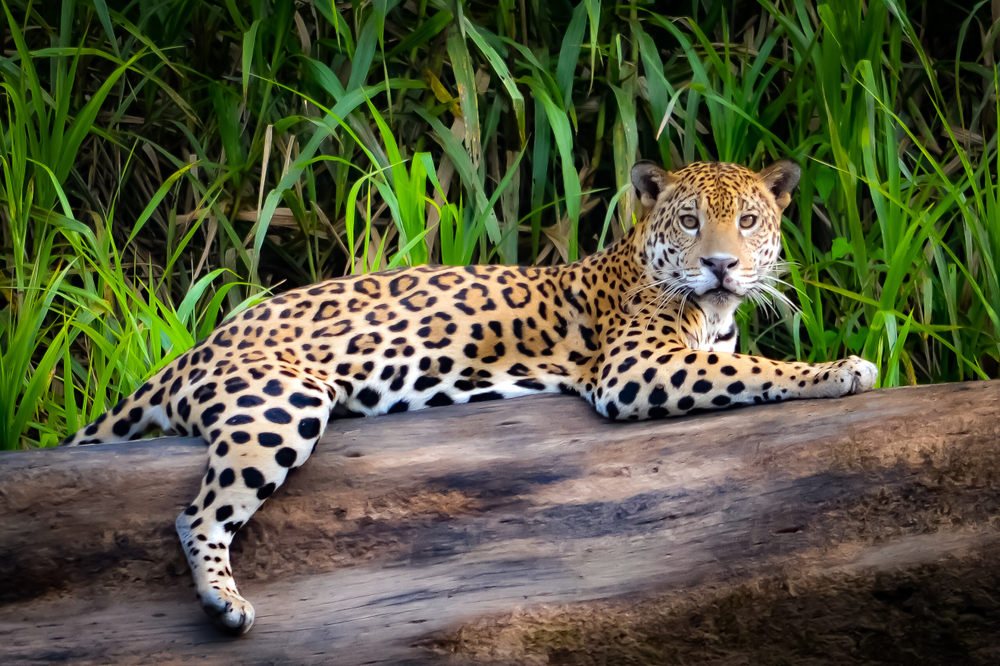Alto Purús Overview
Alto Purús National Park, known locally as Parque Nacional Alto Purús, is a vast protected area in the Amazon Basin of southeastern Peru. Covering approximately 9,373 square miles (24,000 square kilometers), it is one of the largest national parks in Peru.
Located in the Ucayali and Madre de Dios regions, the park is a critical part of the Amazon rainforest ecosystem. It is bordered by the Purús Communal Reserve and is adjacent to Brazil’s Purús National Park, forming a transboundary conservation corridor that protects one of the most remote and biologically diverse areas on Earth.
The park is dominated by dense tropical rainforest, with an intricate network of rivers, oxbow lakes, and floodplains shaping the landscape. The Purús River, from which the park takes its name, winds through the vast wilderness, providing a vital water source for the ecosystem.
The terrain is characterized by lowland forests with towering canopy trees, including giant ceibas, mahogany, and ironwood. Some areas contain dense bamboo thickets and palm swamps, which are crucial habitats for a variety of species. The region’s isolation has helped preserve its pristine nature, making it one of the most undisturbed rainforests in the Amazon Basin.
Alto Purús National Park is home to an extraordinary array of wildlife, with some of the most iconic Amazonian species thriving within its boundaries. Visitors may spot jaguars, pumas, and ocelots prowling through the jungle, while giant river otters glide through the waterways. The park is also a refuge for tapirs, white-lipped peccaries, and several species of monkeys, including the endangered Peruvian spider monkey and the red howler monkey.
Bird enthusiasts will be amazed by the avian diversity, which includes harpy eagles, scarlet macaws, and hoatzins, among hundreds of other species. The park is also one of the few places where the enigmatic short-eared dog, a rarely seen Amazonian predator, has been documented.
A major attraction of Alto Purús National Park is its sense of remoteness and untouched wilderness. Unlike more developed national parks, there are no major tourist facilities or well-established trails, which adds to its appeal for true adventure seekers.
One of the most extraordinary aspects of the park is its role as home to some of the last voluntarily isolated Indigenous groups, including the Mashco Piro, who live deep within the forest and avoid contact with the outside world. Because of this, access to certain areas is highly restricted to protect these uncontacted peoples and their way of life.
Visitors who wish to experience Alto Purús National Park typically do so through guided river expeditions, which offer a chance to navigate the winding waterways and observe the abundant wildlife from canoes or small boats.
The Purús River provides an essential route for exploration, allowing visitors to immerse themselves in the heart of the Amazon. The park is also an important location for scientific research, with conservationists studying its rich biodiversity and monitoring its fragile ecosystems.
Despite its remote nature, Alto Purús faces significant conservation challenges, including illegal logging, poaching, and the encroachment of human activity from surrounding areas. However, ongoing conservation efforts led by the Peruvian government and local Indigenous communities have helped safeguard its ecological integrity.
Strict anti-deforestation measures and protected status enforcement have contributed to the park’s resilience. Conservationists continue to work toward sustainable solutions to balance environmental protection with the needs of local populations.












































































